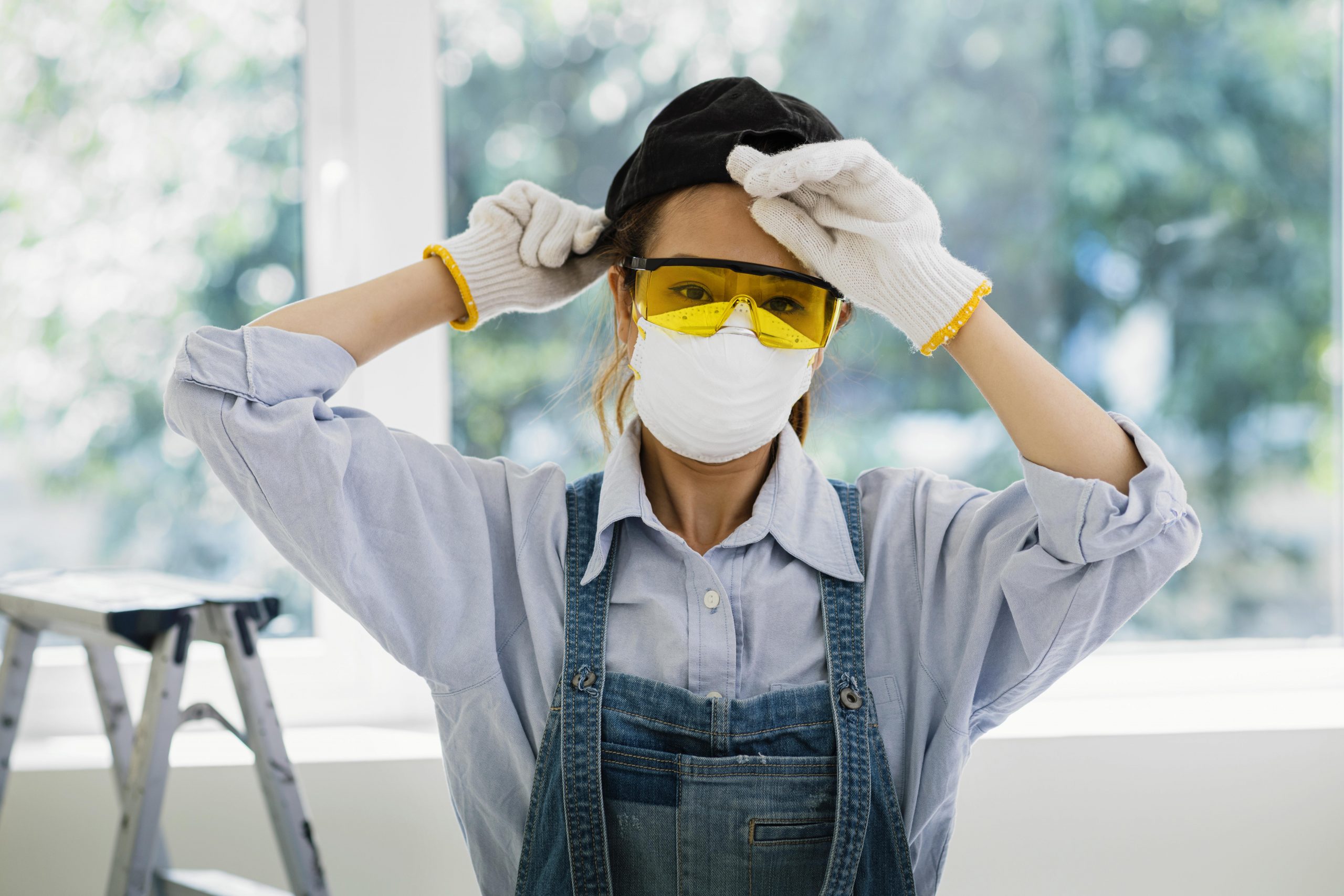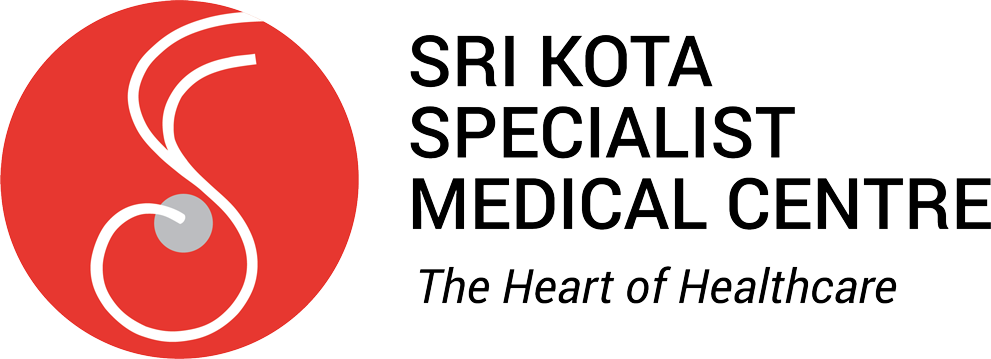Injury to The Eye : What should I do?
- What is an eye injury?
Eye injury can result from accident, exposure to chemicals or foreign object. Common causes include punches; blows from hands, balls or shuttlecock; flying pieces of projectile material from explosions, industrial work or domestic activities; and chemical splashes. Staring at the sun without any protective lenses especially during a solar eclipse also can lead to significant eye injury. Any eye injury can be a serious threat to vision. It might lead to vision loss or blindness if not treated appropriately. Some injuries may not be detected early such as raised eye pressure or a detached retina. They are only obvious when they worsen.
- What are the common types of eye injuries?
Mechanical trauma and chemical injuries are two common types of eye injury. Mechanical injury can be presented in the spectrum of disease from blunt injury to penetrating injury (punctured eyeball). In the blunt injury, patients might be presented with cut, scratch or bruise of eyelid, subconjunctival haemorrhage, cornea abrasion/scratch, or bleeding inside the eye (hyphaema). On the other hand, penetrating injury shows presence of open wound or cut in the eye. The cut over the cornea or sclera might cause internal structural damage of the eye. This will pose high risk of infection to the eye and may result in significant vision loss.
Common chemical hazards to the eye are gases, fumes, vapors, mists, particles, laser light and ultraviolet light. Chemical injury occurs following an accident or assault of corrosive substance. It can happen anywhere either at home, work or school. Common chemical substances are acids, drain cleaners, bleach, paint thinner, gasoline and etc. The chemical might splash into the eyes. It can be in the form of alkaline or acidic substance. Alkalis are especially dangerous to the eyes because it causes fatty acid saponification which leads to irreversible changes in protein and tissue damage. It has lipophilic properties which allows deeper penetration through different layer of the eye compared to acidic substance. Hence extra cautions are needed when we are dealing with alkaline agents.

- What protects the eye from injury?
Almost 90% of chemical burn to the eye is avoidable. Always wear appropriate safety goggles or a face shield when handling liquid chemicals. The frame should fit close to the face without hitting your eyelashes. The space around the frame and your face should be less than a pencil width with an estimation of 6mm to 8mm. Prescription spectacles or sunglasses is not sufficient to protect your eyes. It is because they are loosely fit and allows liquid or powder to splash behind the frame.
There are three types of eye protective gears which are safety glasses, goggles, and face shield. Safety glasses have shatter-resistant lenses. It was designed to stop large, physical objects such as wood chips or nail from injuring your eyes. It also provides laser light filtration and prevent reflections of the laser from entering the eye and causing retinal burns. However, it does not protect the eye from liquid or vapors unlike certain type of goggles. The goggles maybe vented or non-vented. The non-vented goggles can protect eyes from vapors, mists and fumes, but not with the vented one. It only protects eyes from moderate quantity of liquids. Face shields should not be worn as a stand-alone eye protective gear. Instead, it should be used with a goggle for full protection of your eye.
- How to prevent eye injuries?
Prevention is always better than cure. Please follow all safety measures when handling chemicals or doing activities with risk of eye injury. Wearing an eye protective gear will prevent eye injury by shielding your eyes from splinters or other projectiles especially while hammering, drilling, or mowing.
It is always important for us to reduce risk of chemical injury especially at workplace. Always be aware of your chemical’s hazards and know how to handle it properly. If we have a choice, always choose products which are less hazardous, less toxic, and less dangerous. All safety gears like safety goggle and face shield must be kept in good condition and easily accessible. It is advisable to wear prescription glasses instead of contact lens when handling chemicals. This is because a contact lens may absorb the chemical and concentrate the burn on the eye surface.
- What is the best way to prevent accidental eye injuries?
Always wear eye protection goggles, safety glasses and face shield while doing activities with risk of eye injury. Please be alert to your surrounding which might contribute to the injury and focus with your work.

Woman with safety protection equipment
- What are the outdoor eye safety tips?
Wear eye protection while working outside. Choose sunglasses with full UV protection. Always wear swim goggles. Do not swim with contact lenses to prevent corneal ulcer. Choose the right eye protection for your sports which includes goggles, face guard or helmet. Wash your hands frequently. Keep your eyes moisturized with artificial tears eyedrops.
- What are safety tips to protect your eye at home?
Almost 40 percent of eye injuries at home occur while gardening. Debris from lawn mowers or power trimmers might enter the eye at high speed. Someone who is near to a person cutting the grass is also at risk of eye injury. Therefore, please wear safety glasses with side protection or goggles while mowing. If you are using a weed eater, please wear safety glasses or goggles under a face shield. Wear goggles if you are working with power saws or trimmers. Please also ensure safety radius is observed while operating power tools. Any bystanders or helper should wear eye protection. If you need to pass through someone is are cutting the grass at roadside, try to use other path or keep your distance away from them. You can walk with your back or cover your eyes with your palm and walk as fast as you can. Wear goggles to protect your eyes from fertilizer, pesticides and other yard chemicals. Please read and follow all product instructions.
In addition, household chemicals including bleach or other cleaner also contribute to eye injuries. Eye protection should be worn when using any chemicals. Please make sure hands are washed thoroughly before touching the eyes or face.
- What are the eye injuries facts and best practices?
10-20% of work-related eye injuries cause temporary or permanent vision loss. More than 78% of individuals did not wear protective eyewear during the time of injury. Wearing protective eyewear is the easiest step to prevent 90% of all eye injuries. Never attempt to treat an eye injury yourself. Please seek early medical attention following eye injury to prevent worse complication.
- Can I attempt to treat an eye injury myself?
Yes, you can give the first aid before seeking medical attention. If you get sand or small particles in your eye or chemical burns and splashes in the eye, please do not rub your eye. Immediately use eyewash, saline solution or running tap water to flush the eye. Open your eye and run lots of water over your eyeball for at least 20 minutes. You need to blink several times and allow tears to flush out the particle. Please do not use any eyedrop that you purchase over the counter to treat your eye. However, you are allowed to take pain killers like Panadol to reduce your pain. Instilling lubricating eyedrops helps to sooth your eye before seeking medical attention.
If you get hit in the eye by any projectile materials, do not apply any pressure to the eye. Please cover your eye with eye shield or spectacles. Do not remove any objects that are stuck in the eye. Please do not touch, rub or rinse your eye with water. Seek medical attention as soon as possible.
- When do I see an eye doctor?
Please seek immediate medical attention by an ophthalmologist if a strong chemical such as acid or bleach entered your eye, a nail or any sharp object has pierced your eye and if anything has hit your eye at high speed. There are several warning signs suggesting for immediate medical attention to ophthalmologist. They are blurred vision of the affected eye, headache, glare, eyelid swelling, difficult to open your eye or any blood or pus discharges from the eye. You are advised to see GP if you have injured your eye and it is not getting better after 24 hours or you are worried about an eye injury. Don’t drive a vehicle while you are wearing an eye patch.
Article by Dr Nurull Bahya Binti Suliman, Consultant Opthalmologist.

